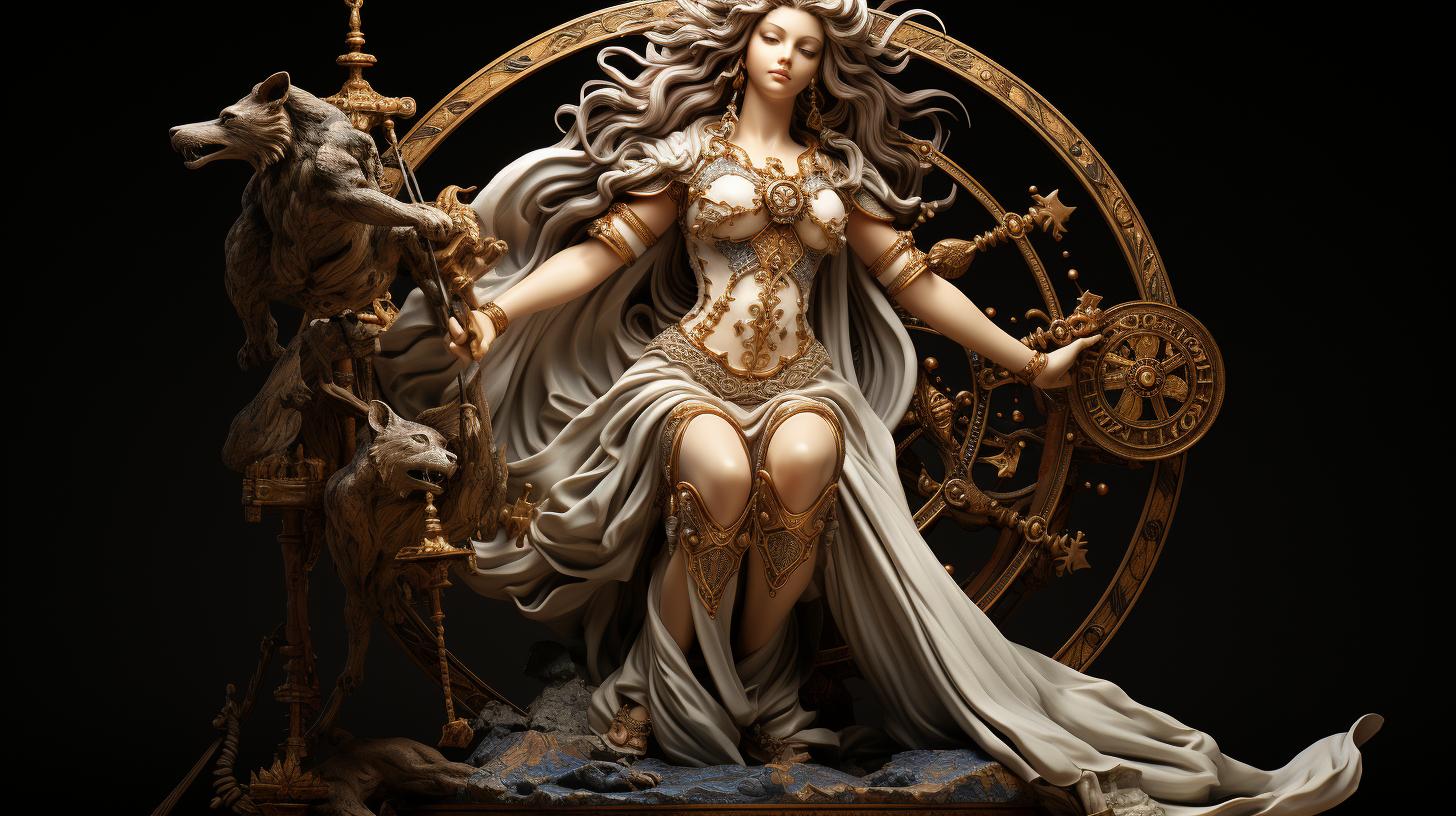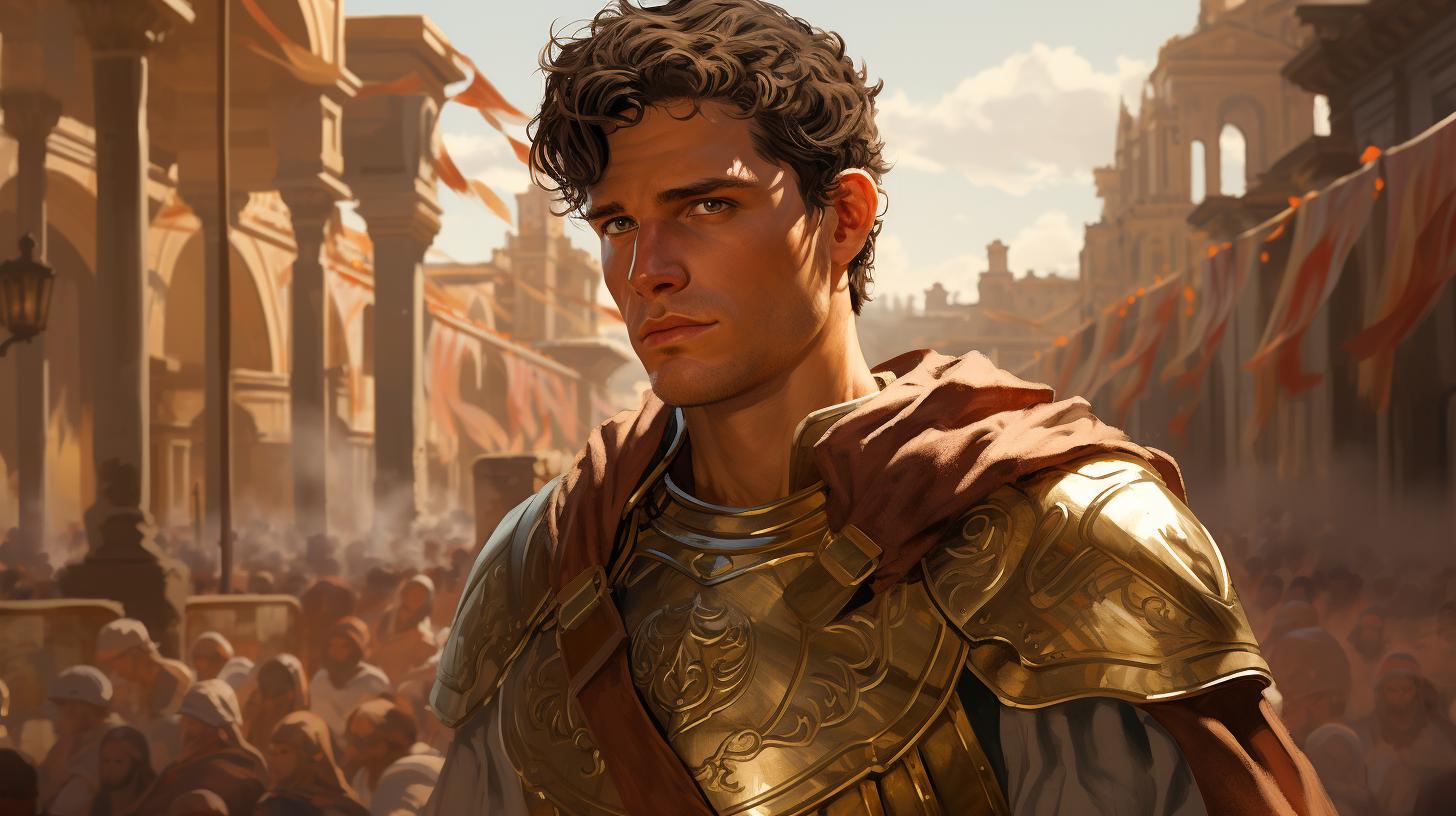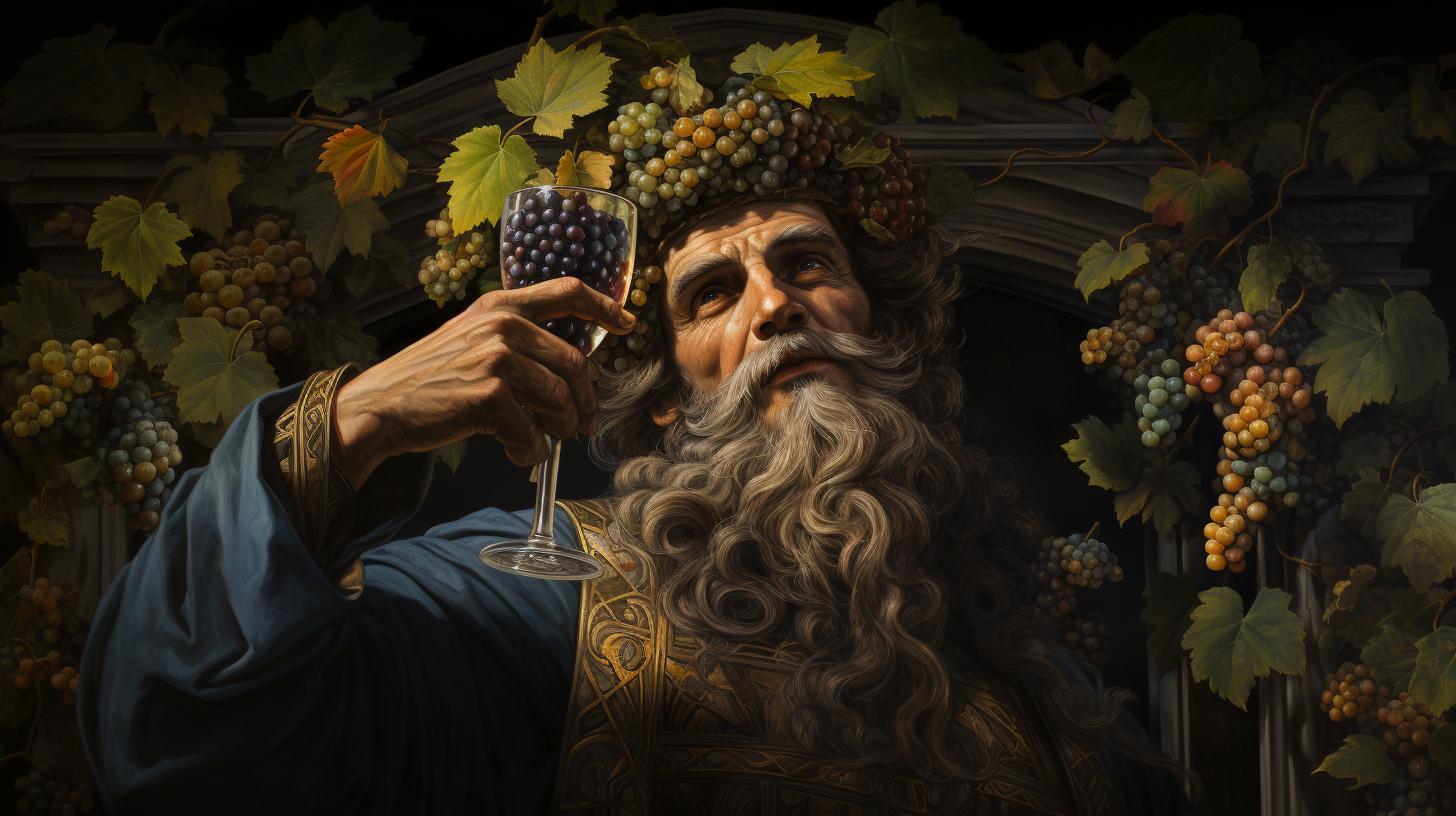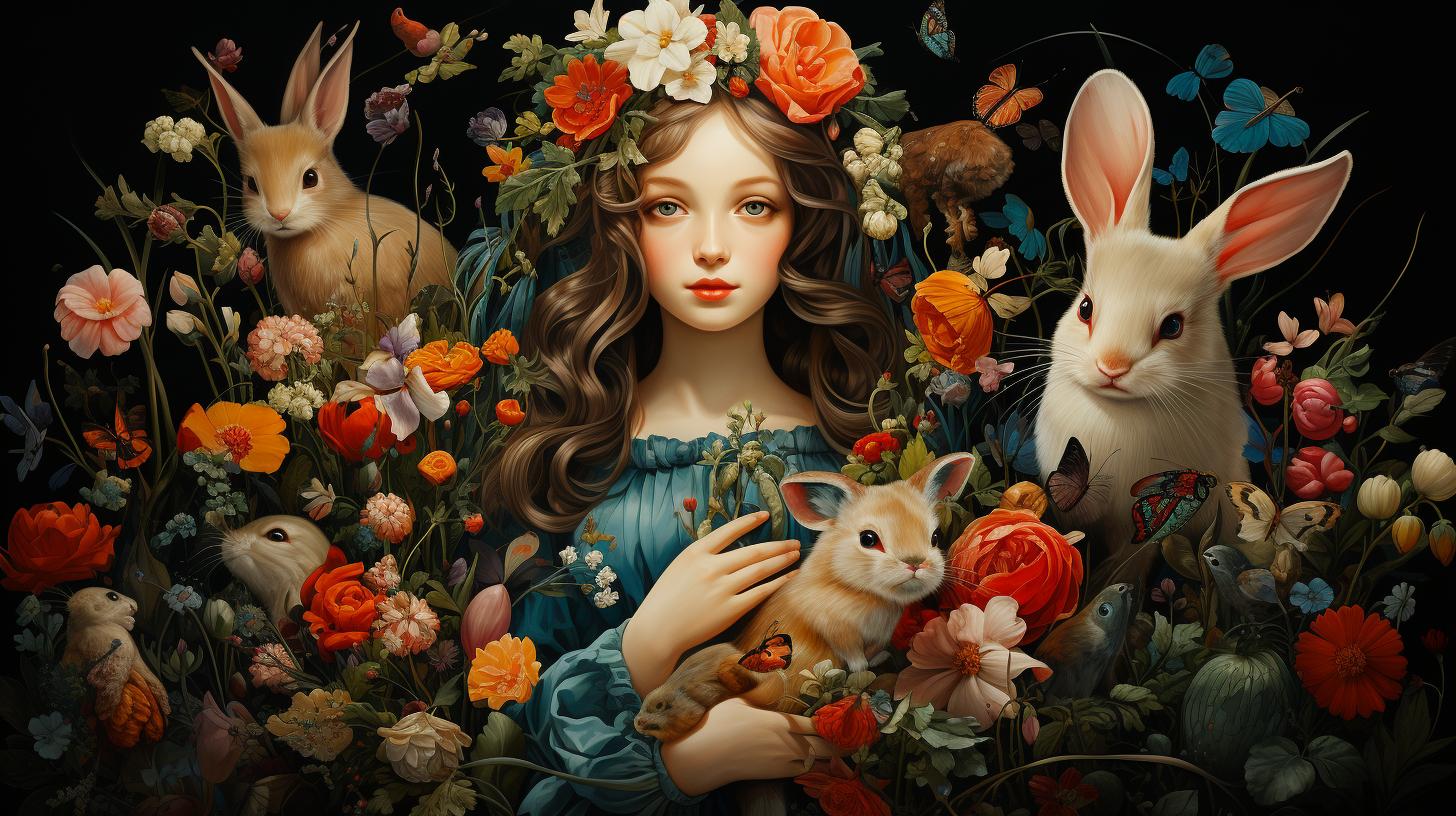Who is Cupid: Unveiling the Mythology and Symbolism of this Iconic Figure
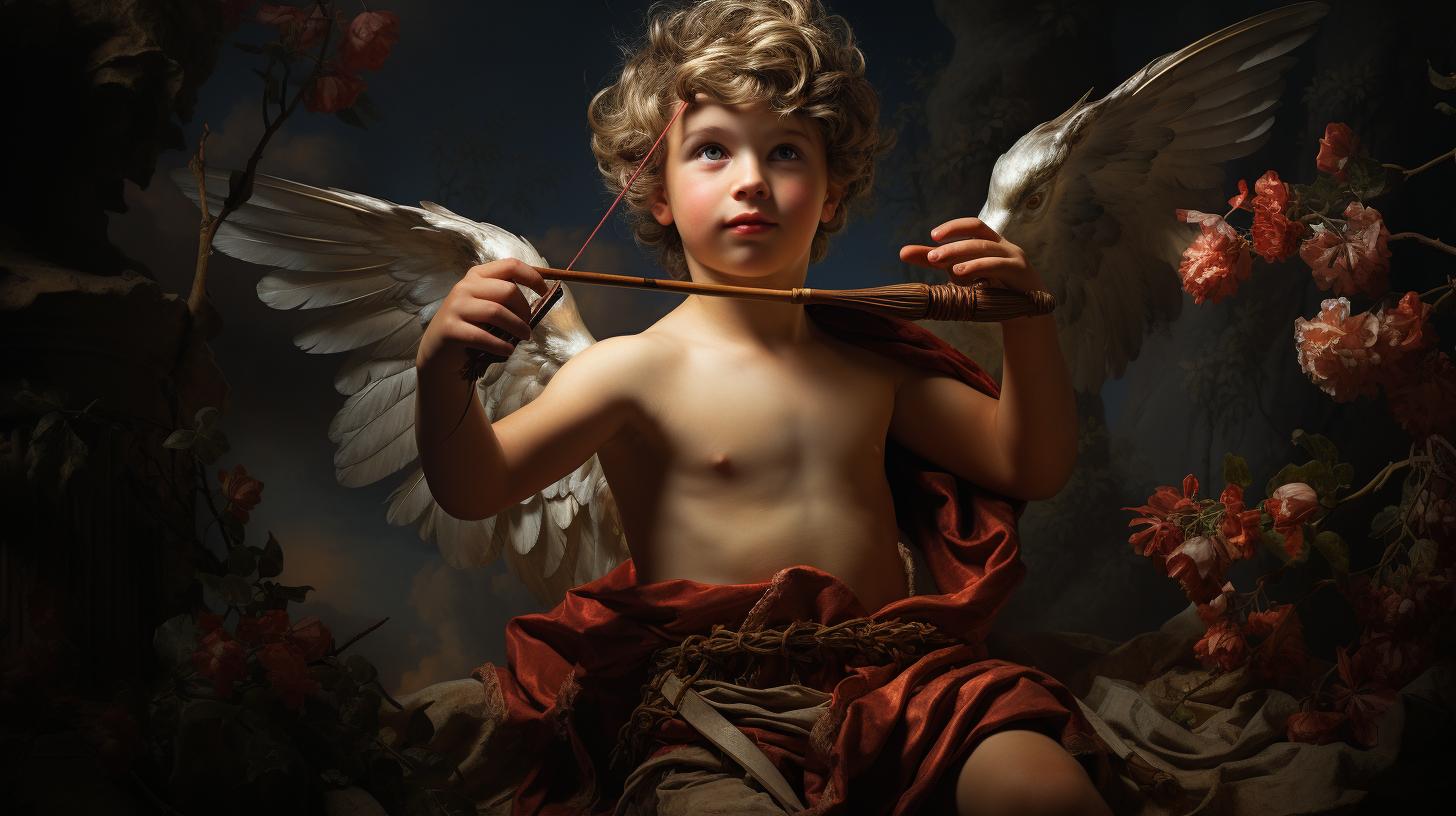
Cupid, the iconic figure of ancient mythology, holds a rich history filled with tales of love and desire. Originating from Greek mythology as Eros, the god of desire, Cupid was later adapted into Roman mythology as a winged child, embodying the classical tradition of beauty and love.
Known both as Cupid in Roman mythology and Eros in Greek mythology, he is celebrated as the god of love, weaving his influence through art, literature, and entertainment, capturing the essence of love with the golden arrows of love.
His influence spans across art, literature, and entertainment, symbolizing innocent love with his bow and arrows, recognized universally as Cupid’s symbols. With connections to Valentine’s Day, Cupid’s enduring legacy continues to captivate contemporary culture.
In this article, we explore the origins, symbolism, and impact of this beloved figure, delving into what Cupid is passionate about and the classical symbols that represent him, including the journey he embarks on, wandering the earth looking for ways to unite lovers and spreading the message that love conquers all.
Let us dive into the realm of Cupid’s mythology and unravel his intriguing story, enriched by tales of desire, the golden arrows of love, and the classical tradition that frames his narrative, illustrating how Cupid, in his quest, illuminates the path back to love for those who have strayed.
The Origin of Cupid and his Greek Roots
Cupid, the captivating figure of love and desire, has deep roots in both Greek and Roman mythology. Let’s explore the fascinating journey of Cupid, starting from his Roman adaptation as Eros to his earlier Greek origins as the god of desire.
This transformation from the Greek god Eros to Cupid, the Roman god, signifies the blend of cultures and the universal appeal of love’s symbol. His portrayal across cultures highlights his dual nature, representing both the chaos and order that love can bring into the lives of both mortals and gods.
Cupid: The Roman Adaptation of Eros
In Roman mythology, Cupid emerged as the equivalent of the Greek god Eros. The Romans integrated Eros into their pantheon and transformed him, both in appearance and symbolism. Cupid was portrayed as a charming winged child, radiating innocence and purity, a symbol of the god of love.
His portrayal as a youthful and playful deity embodies the tender affection associated with love and highlights Cupid’s passion for igniting love among humans and gods alike, a testament to his eternal quest to spread love across the earth.
Cupid’s Greek Origins as Eros, the God of Desire
In Greek mythology, Eros personified desire and passion. He was considered one of the primordial gods, coexisting with Chaos before the creation of the world. Eros was often depicted as a handsome young man, representing the intense yearning and longing that love incites.
Eros, or Cupid as he is known in Roman mythology, serves as a pivotal figure in understanding the complexities of love, showcasing what Cupid is passionate about—unifying the divine essence of love with the earthly experience of desire.
His association with desire underscored his pivotal role in igniting passion within mortals and immortals alike, making him a central figure in both Greek and Roman narratives. Eros’ journey, filled with challenges and adventures, symbolizes the quest for love, often requiring one to wander the earth looking for true connection and understanding.
Cupid and Psyche: A Legendary Love Story
This tale not only illustrates the trials and tribulations of love but also highlights the profound nature of Cupid’s passion and the enduring power of his influence. Their story, deeply rooted in the classical tradition, exemplifies the first and most enduring love story of Greek mythology, showcasing the beauty and complexity of love, as Psyche embarks on her journey, wandering the earth and facing trials in her quest to reunite with her love, Cupid, ultimately showing her sisters the gifts of love she has received.
Cupid’s Symbolism and Representations
Cupid, the iconic figure of love and desire, has captured the imagination of artists, poets, and storytellers throughout the centuries. From ancient times to the present day, Cupid’s symbolism has evolved, reflecting various aspects of love, innocence, and the power of desire.
Cupid’s Transformation in Art and Culture
In the realm of art and culture, Cupid has undergone a remarkable transformation, leaving a lasting impact on visual representations. Starting from the ancient Greek depictions of Eros as a young, winged archer, the Roman adaptation transformed him into a cherubic child, symbolizing innocence and purity.
This transformation became especially popular during the Renaissance, with artists such as Botticelli and Caravaggio portraying Cupid in their works. These portrayals often reflected the complex relationships between deities such as Aphrodite and Cupid, showcasing the influence of classical mythology on art.
Over time, Cupid’s image expanded beyond the canvas, finding its way into sculptures, jewelry, and decorative objects. From delicate porcelain figurines to intricate jewelry designs, Cupid’s portrayal symbolizes the universal longing for love and affection.
This expansion into various forms of art underscored his significance in both ancient Roman religion and art.
Cupid as a Winged Child: Symbol of Innocent Love
One of the most enduring and well-known representations of Cupid is as a winged child. This portrayal emphasizes the innocence and purity of love, representing the unspoiled and untainted nature of affection.
As the child of Venus, Cupid embodies the joyful and lighthearted aspect of love, intertwining his story with that of his mother Venus and other deities.
With his cherubic appearance and playful demeanor, Cupid embodies the joyful and lighthearted aspect of love.
The depiction of Cupid as a cherub often includes delicate, ethereal wings, symbolizing the freedom and transcendence that love brings. In this form, Cupid represents the idealistic notion of innocent and unconditional love that transcends boundaries, echoing the theme that love conquers all.
One of Cupid’s most prominent symbols is his bow and arrows, which hold significant meaning in relation to the power of love and desire. The arrows are said to be golden-tipped, capable of arousing intense passion and irresistible attraction towards the desired person, much like the arrow of Eros and the nymph he often targeted.
Cupid’s aim is precise, making hearts flutter and souls tender through the wounds of love. This imagery aligns with the story of Cupid and Psyche, illustrating the transformative power of love.
Conversely, Cupid’s bow and arrows also possess the ability to ignite aversion and dislike. The arrows made of lead evoke feelings of repulsion and animosity, demonstrating the dual nature of love and its capacity to both unite and divide, as seen in tales such as Apollo and Daphne.
This iconic symbolism of Cupid’s bow and arrows serves as a reminder of the profound impact that love and desire hold over individuals, capable of sparking intense emotions and influencing the course of relationships.
The tales of ancient Rome and classical mythology, such as Venus and Cupid, further enrich these narratives, weaving a rich tapestry of love’s influence throughout history.
- Cupid’s transformation in art: From Greek archer to Roman cherub, his visual representations have fascinated artists for centuries, integrating elements of classical mythology and ancient Roman art.
- Cupid as a winged child: Symbolizing innocence and purity, his cherubic appearance embodies the idealistic notion of unconditional love, often depicted alongside Aphrodite, reinforcing their bond.
- Cupid’s bow and arrows: Representing the power of love and desire, capable of arousing passion and aversion alike, reminiscent of the dramatic and emotional stories found within classical mythology and the tales of ancient Rome.
The Influence of Cupid in Ancient Mythology
Within Greek and Roman mythology, Cupid held a significant role, leaving an indelible impact on both mortals and gods alike.
From the river god to the nymphs, his influence traversed the realms of deities and humans, embodying the complexities of love and desire. His stories, interwoven with those of Aphrodite, Apollo, and Psyche, among others, underscore the pervasive power of love in classical mythology and its enduring presence in our cultural consciousness.
Explore the fascinating influence and enduring legacy of this iconic figure.
The Role of Cupid in Greek and Roman Mythology
Cupid, known as Eros in Greek mythology and celebrated as the god of love, played a pivotal role in the realm of love and desire. Regarded as the son of Venus (Aphrodite in Greek mythology), the goddess of love and beauty, Cupid’s actions had far-reaching consequences in the lives of both gods and mortals.
His ability to influence the soul through love, depicted in art from the classical era to the 16th century Fiorentino, underscores his importance in both Greek and Roman cultures. Cupid, or Eros in Greek mythology, serves as a symbol of the complexities and dual nature of love, showcasing his significance through his various symbols, including his golden arrows that symbolize desire and the lead ones that evoke aversion.
Cupid’s Impact on Mortals and Gods Alike
With his golden arrows of desire and lead ones of aversion, Cupid sparked chaos in the hearts of all, including powerful deities. His enchanting arrows could ignite passionate love or provoke intense aversion, striking the hearts of even the most unlikely recipients.
This duality is exemplified in the tale of “Cupid and Psyche,” a story from ancient Greece that showcases Cupid (Eros) in a journey filled with challenges and transformations, ultimately emphasizing the power of love to overcome obstacles.
Mortals and gods alike fell prey to Cupid’s whims, experiencing the rollercoaster of emotions brought forth by his arrows. This narrative arc, which includes stories such as Eros and Psyche, highlights the role of Cupid (Eros) as a central figure in mythology, capable of affecting the divine and the earthly alike with his powers of love and desire.
Love and Desire: Chaos and Order in Cupid’s Realm
Cupid’s realm was a place of both chaos and order, representing the eternal struggle between love and desire. His actions and influence highlighted the delicate balance between the physical and spiritual aspects of love.
Through tales like that of the river god Peneus and the transformation of figures in mythology, Cupid’s (Eros’) arrows illustrate the unpredictable nature of love, echoing the transformative power of affection and desire.
Cupid reminded all that love, though capable of inducing chaos in one’s heart, also possessed the power to bring harmony and balance to the world. His interactions with other deities and mortals, as well as his own journey in tales such as the “Golden Ass,” underline the multifaceted nature of love and desire within classical mythology, showcasing the depth of Cupid’s (Eros’) influence across ancient Greece and Rome.
Cupid’s Significance in Contemporary Culture
The enduring presence of Cupid in contemporary culture is evident through his significant associations with Valentine’s Day, his portrayal in modern art, literature, and entertainment, and his continued symbolic representation. His image, from classical depictions to modern interpretations, continues to symbolize the complexities of love, embodying the timeless nature of the cupid god of love’s influence across cultures.
Cupid’s Associations with Valentine’s Day
Valentine’s Day, widely celebrated on February 14th, is intricately linked to Cupid, as he has become an emblem of love on this special occasion. The figure of Cupid shooting his arrows of desire into the hearts of lovers has become an iconic image associated with romantic love and affection.
Couples exchange gifts, cards, and messages, expressing their love and appreciation for one another, often adorned with depictions of Cupid, reinforcing his role as the classical symbol of romantic love.
Cupid in Modern Art, Literature, and Entertainment
Cupid continues to play a prominent role in various forms of creative expression, reflecting his timeless appeal. In contemporary art, artists interpret Cupid’s image through diverse mediums, capturing his cherubic innocence, enchanting whimsy, or even exploring his darker aspects.
The art of Cupid, whether it’s a plate with Eros, a painting showing his mother Venus, or a sculpture depicting the famous tale of “Eros and Psyche,” serves as a testament to his enduring influence.
Furthermore, Cupid finds his place in modern literature, appearing as a character or symbol of love in novels, poems, and songs. In the realm of entertainment, films, television shows, and theatrical performances often incorporate Cupid’s archetype, illustrating the complexities of love and desire, and captivating audiences with his mischievous yet captivating persona.
His story with Psyche, for instance, continues to inspire modern narratives about the enduring power of love, showcasing that love’s journey often involves challenges, but the soul’s connection can overcome them.
Cupid’s Enduring Legacy and Symbolic Representation
Cupid’s legacy continues to resonate across cultures, transcending time and geographical boundaries. As a symbol of love and desire, he represents humanity’s eternal quest for connection and the irresistible power of attraction.
His story, rich in mythology and symbolism, from the arrows that pierce the heart to the tales that weave through ancient Greece and Rome, Cupid (Eros) remains a central figure in understanding the nature of love and its profound impact on human experience.
Cupid’s presence serves as a reminder of the universal nature of love, embracing both its joys and challenges. Whether depicted as a winged child wielding a bow and arrow, or reimagined through modern interpretations, Cupid remains an enduring emblem of passion, romance, and the complexities of the human heart.
.














